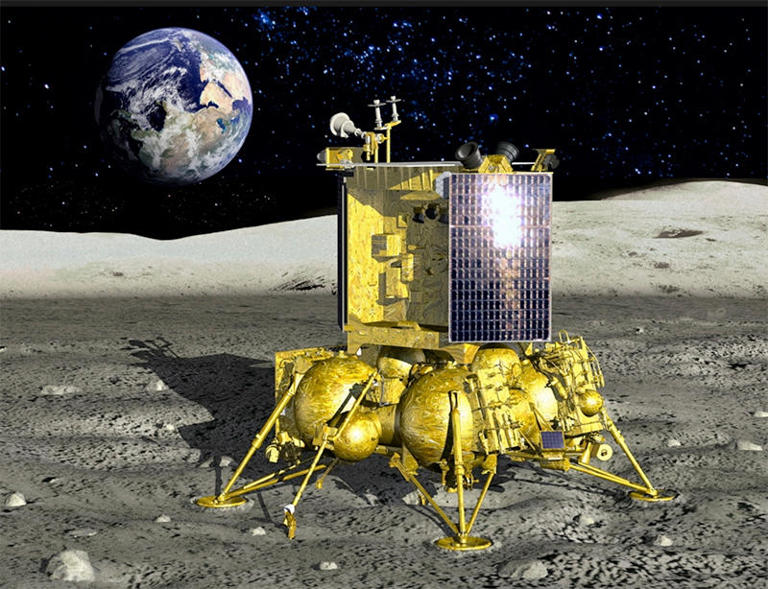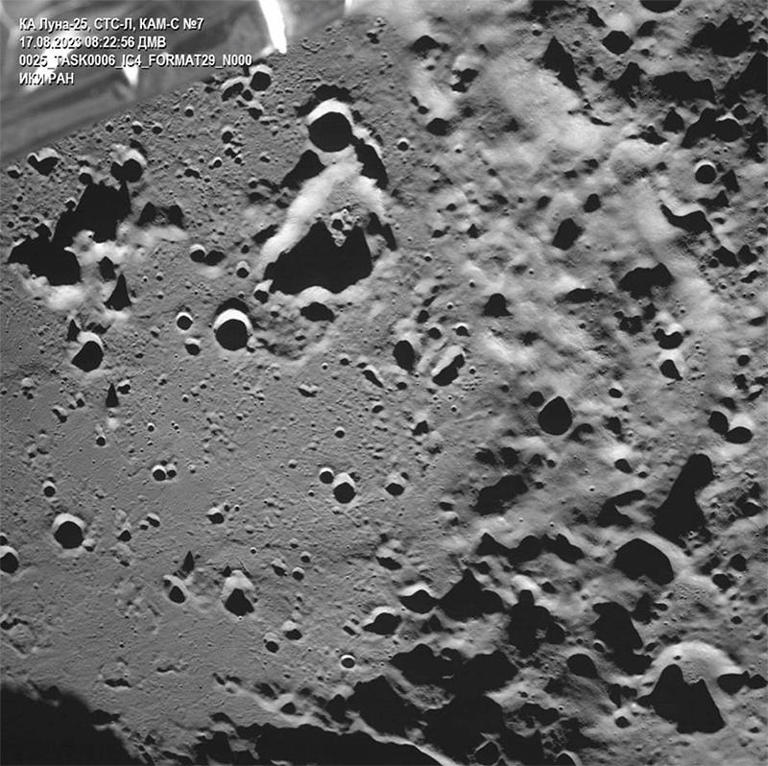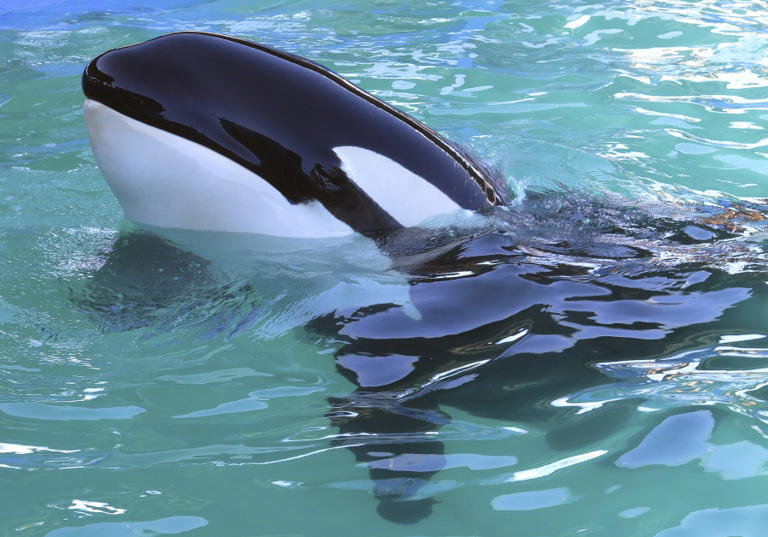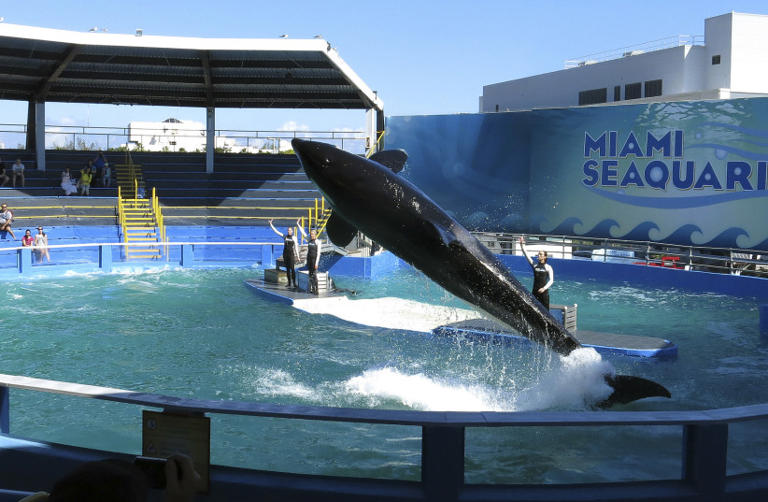NOT GREEN BUT BLUE H2
Ex-SAS mercenary to chair start-up turning plastic into hydrogenJonathan Leake
Sun, 20 August 2023

After a long history in the oil and gas industry, Simon Mann says that he has ‘turned green’ - Geoff Pugh
A former SAS mercenary once jailed for participating in a failed African coup has been appointed to lead a green energy start-up.
Simon Mann is to become chairman of Hydrogen Utopia International (HUI), a UK company that plans to create a European network of plants that will turn waste plastic into hydrogen.
It marks a turnaround for Mr Mann, who after a long history in the oil and gas industry, has said he has “turned green”.
However, his past outside the City is far more colourful.
Back in 2004, Mr Mann tried to lead a team of 60 battle-hardened mercenaries into oil-rich Equatorial Guinea to overthrow its president.
The attempted coup ended when he and his team were arrested as they transited through Zimbabwe’s Harare airport.
Mr Mann, an Old Etonian, initially said he was providing security for a mining operation in the Democratic Republic of Congo but later confirmed plans to depose the president of Equatorial Guinea, Teodoro Obiang Nguema.
The failed regime change became known as the “wonga coup” for its hugely lucrative ambitions. Mann allegedly stood to gain £9m if the coup had succeeded.

Simon Mann, accused of masterminding a failed coup plot, is escorted by a guard as he arrives for the start of his trial - Matias Esono/AP
Also implicated was Sir Mark Thatcher, son of former Prime Minister Margaret Thatcher, who was subsequently given a suspended sentence and fined $500,000 (£392,000) by a South African court.
Mr Mann was jailed in Zimbabwe, then extradited to Equatorial Guinea and sentenced to another 34 years in prison. He was pardoned in 2009 by President Obiang.
Now 71, Mr Mann has since built a City career focused on companies involved in mining, oil and gas.
However, in his new role, Mr Mann will be promoting HUI’s “pyrolysis” technology, which uses heat to break plastics down into hydrogen and methane.
Mr Mann said that, given his background in oil and gas, it may seem surprising he has “now turned green”.
“However, HUI is part of that same cycle,” he said. “Waste plastics, with which the world is awash, come from oil in the first place. Our technology will turn that waste plastic back into usable fuel.”
Waging war on plastic waste is a huge but potentially profitable challenge. In 2020, Europe produced 55 million tonnes of plastics of which only a third was recycled.
The rest was sent to landfill, or burnt for energy recovery.
Some plastics are hard to recycle, including thin films, black plastics and anything contaminated with food. These are the plastics HUI’s technology will target.
It uses pyrolysis, a known technology where substances are heated to temperatures as high as 900C.
The process is oxygen-free so the plastics cannot burn. Instead, they break down to produce a mix of gases, mainly methane and hydrogen, known as syngas.
The hydrogen can then be purified and sold as fuel while the remaining syngas can be used for heating or making chemicals.
Howard White, executive director of Hydrogen Utopia International, said: “Hydrogen is already powering buses and other vehicles across the world and we believe it is the fuel of the future.”
Our technology turns plastics and other waste materials that are currently incinerated or placed in landfill sites into an energy source that is environmentally friendly and efficient.”
Meanwhile, in Equatorial Guinea, President Obiang, now 81, remains in the post he has held since 1979. Last November he won a sixth term of office in non-competitive elections – making him the world’s longest-serving ruler.


















